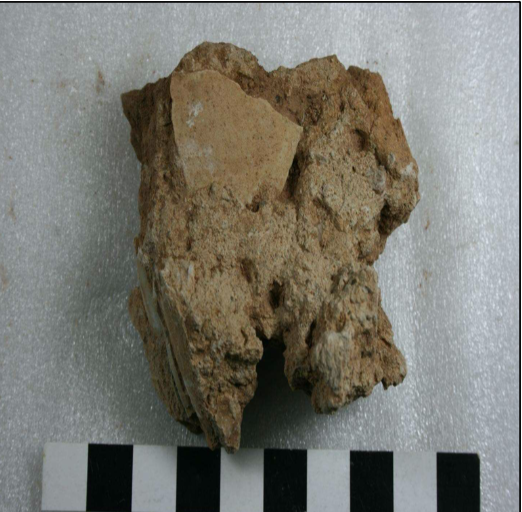England, July 10: Researchers from the University of Exeter, studied isotopes and the amino acid from ostrich eggshell fragments unearthed at the early Middle Stone Age site of Bundu Farm, in the Upper Karoo region of the Northern Cape. It was one of the few archaeological sites dated to 250,000 to 350,000 in southern Africa. Using eggshells to investigate the past climates is possible because ostrich eats the freshest leaves of shrubs and grasses available during those times. The eggshell composition reflects their diet. As eggs are laid in the breeding season for a short period of time, it provides information on the climate and the environmental conditions. This supports the previous pieces of evidence found in that site like fossil bones of grazing animals like antelope, zebra, hippos, and hunters like hyenas, and lions. So prevailing of so many animals and ostriches prove that the area was covered with dense vegetation. This study shows that the interior of South Africa that is sparsely populated and dry today was once a wetland and grasslands a thousand years back.
News inputs from Gurmehar.


